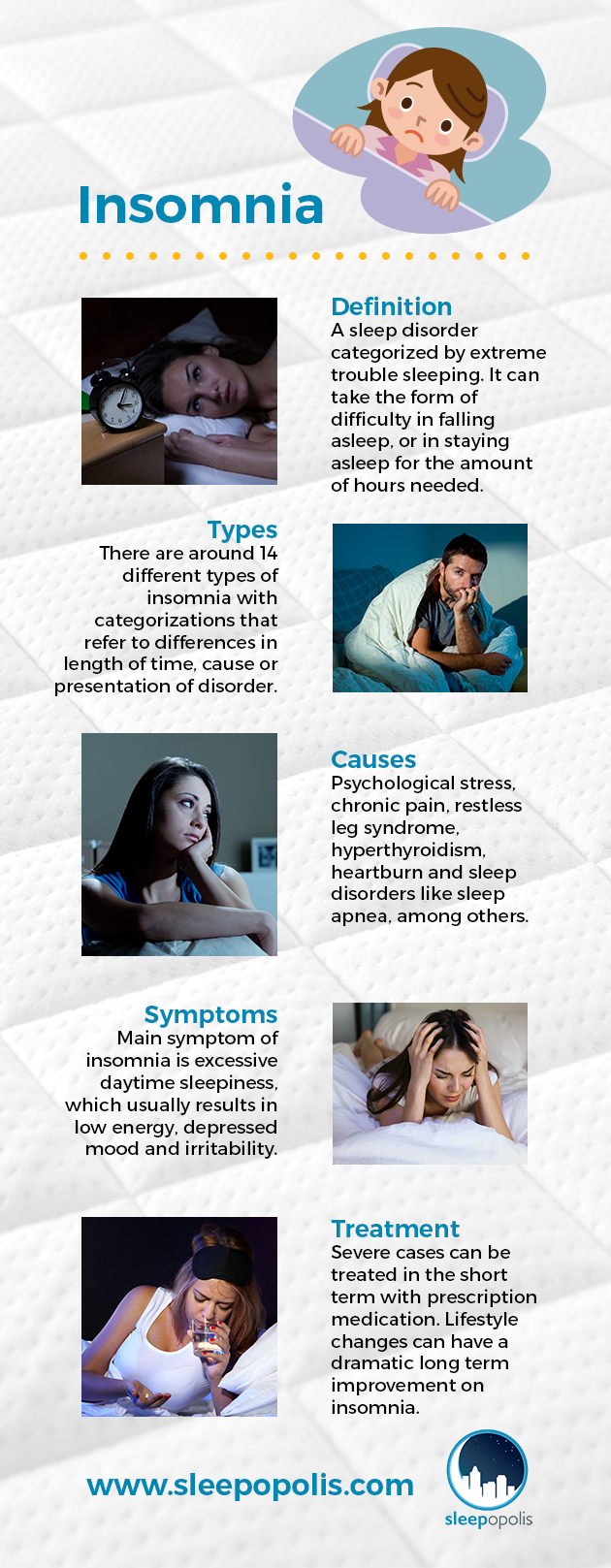

It shares similar symptoms to hypersomnia, including: Narcolepsy is a type of sleep disorder where the brain has an impaired ability to control the sleep-wake cycle. loud snoring or sounding like breathing is strained.dry mouth, sore throat, or headache when waking.In addition, it can cause symptoms such as: It can cause a non-refreshing night’s sleep, which can affect your wakefulness during the day. Obstructive sleep apnea (OSA) is a disorder that causes your breathing to stop or suspend while you sleep. This broad category has symptoms such as: They are chronic conditions that affect your ability to get an adequate night of sleep. Sleep-wake disorders involve problems with the quality, timing, and amount of sleep, which result in daytime distress and impairment in functioning. The following are similar conditions to hypersomnia: Sleep-wake disorders In some cases, you may be living with another sleep condition that causes you to develop hypersomnolence. Hypersomnia shares some similar characteristics to other sleeping disturbances or disorders. The underlying pathophysiology is not well understood, and diagnosis requires exclusion of other more common causes of excessive sleepiness.
#Insomnia symptoms quiz professional
In some cases, a medical professional will diagnose idiopathic hypersomnia which is a sleep disorder that is characterized by chronic excessive daytime sleepiness, an irrepressible need to sleep or daytime lapses into sleep, and in some cases difficulty waking up from nocturnal sleep or daytime naps.

It could occur while eating, talking, working, or driving. When this occurs, you fall asleep without warning during the day. In some cases, you may experience what is known as a sleep attack. Drowsiness or falling asleep at inopportune times can lead to challenges in your social, work, or home life. Many people who live with excessive daytime sleepiness find that it interferes with their daily functioning. The International Classification of Sleep Disorders 3rd Edition (ICSD-3) defines hypersomnolence as excessive sleepiness when wakefulness is expected and hypersomnia as a disorder characterized by hypersomnolence. You may feel an uncontrollable need to sleep, or you may lapse into sleep or drowsiness unexpectedly. Hypersomnia is sometimes used interchangeably with excessive daytime sleepiness (EDS) and is defined as an inability to stay awake, or to stay alert, during typical daytime hours.


 0 kommentar(er)
0 kommentar(er)
